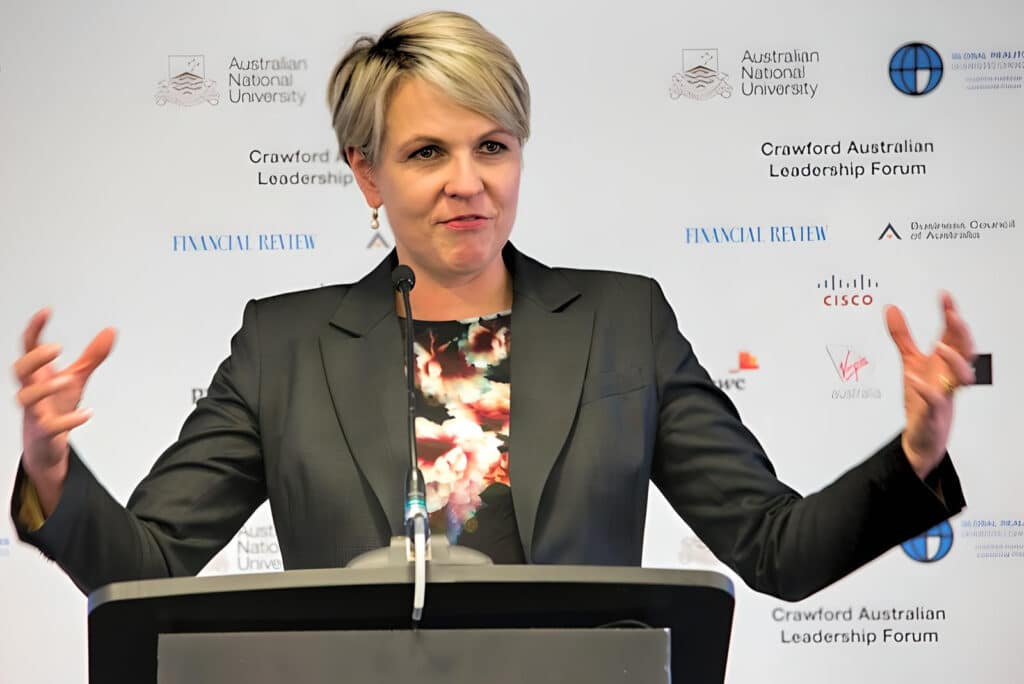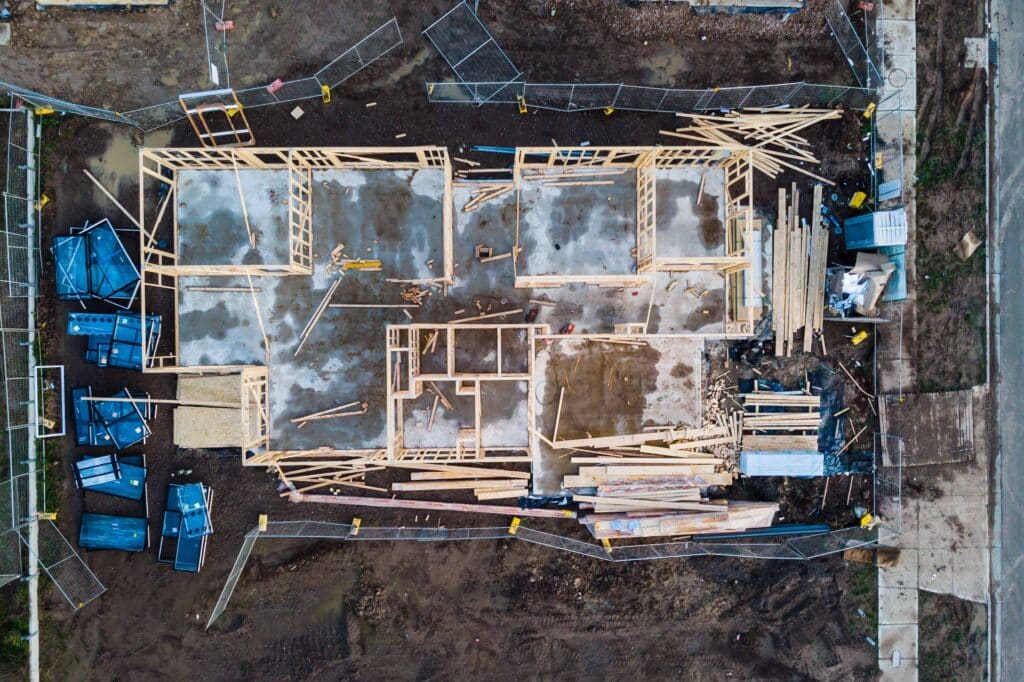The Australian government is working to finalise a new forestry plan, A Future Grown in Australia: A Better Plan for Forestry and Forestry Products, with the Albanese government allocating $3.4 million over the next four years to finalise the plan.
The latest pledge comes after Treasurer Jim Chalmers unveiled a bumper budget surplus. It comes as the Department of Treasury reported a forecasted AU $9.3 billion surplus for the fiscal year ending June 2024—the first back-to-back surpluses in more than 20 years.
According to a statement attributed to Senator Murray Watt, Australia’s Minister for Agriculture and Forestry, the new plan underpins the country’s national strategy for wood fibre and forestry – and comes after the government vowed to review the 1992 National Forestry Policy Statement in collaboration with the state and territory governments.
“These initiatives are part of a $302 million investment in new plantations and technology and will contribute to achieving and realising a long-term outlook for the forestry industry, which is a key element of regional communities around the country,” Minister Watt said in a statement.

Wood Central can also reveal that the Budget will provide $100m to progress Australia’s new Nature Positive Reforms, which include establishing a new nation-wide Environmental Protection Authority (EPA). Once enacted, the Nature Positive Act will replace Australia’s current environmental laws, with Tanya Plibersek, Minister for Environment and Water, vowing to apply the new rules to Regional Forestry Agreements.
Beyond new environmental regulation, the Australian government has pledged $18.5m, as part of the Future Made in Australia plan, to use renewable materials, like woody biomass, to develop Sustainable Aviation Fuels (or SAFs) – with $1.7 billion pledged over the next decade as part of a supersized Future Made in Australia Innovation Fund.
“We will fast-track support for a low-carbon liquid fuel industry, with an initial focus on sustainable aviation fuel and renewable diesel to support emissions reduction in the aviation, heavy vehicle, rail and maritime sectors,” according to a statement attributed to Catherine King, Minister for Infrastructure, Transport, Regional Development and Local Government.

For housing, more than $1.9 billion has been invested in concessional loan financing for community housing to help drive new social and affordable dwellings. According to Kristy McBain, Minister for Regional Development, Local Governments and Territories, this will help “build 40,000 social and affordable dwellings through the Housing Australia Future Fund and the National Housing Accord, including across regional Australia.”
Housing affordability is a key focus for the Budget, with $6.2 billion allocated to housing initiatives – bringing the total spend to $32 billion since Prime Minister Albanese pledged to develop a Housing Accord in 2022. The timber industry – responsible for more than 80% of housing frames Australia-wide, is well equipped to meet this demand.
Yesterday, Diana Hallam, CEO of the Australian Forest Products Association, said that the timber industry “has the product on the shelf construct the new and climate-friendly homes of tomorrow and capacity to produce more…with the right economic conditions and regulatory settings, we can make it happen.”

It comes after a report commissioned by the industry and Master Builders Australia found that timber sales, after the Covid-pandemic spike, have fallen more than 500,000 cubic metres – which means the timber industry now can supply products for 50,000 more homes every year.
To do this, both the Australian Forest Products Association and Master Builders Australia are pushing for several reforms:
- Derisking finance for building new homes
- Cutting red tape for building approvals to encourage more timber in construction
- Relocation stamp duty exemptions
- Encouraging greater take-up of modular and prefabricated timber dwellings with specifications that allow for economic builds and faster building approvals
- Providing measures to workforce capacity, including incentivised apprenticeship programs, immigration visas and upskilling/retraining the current workforce
“When it comes to timber, it’s not a materials supply issue. The timber industry has signalled it has a product ready to meet housing construction needs,” Master Builders CEO Denita Wawn said, “we will continue to work with the Federal Government on ensuring policy levers are pulling in the right direction to ensure the industry and its supply chains are in the best possible position to achieve the Housing Accord targets.”






